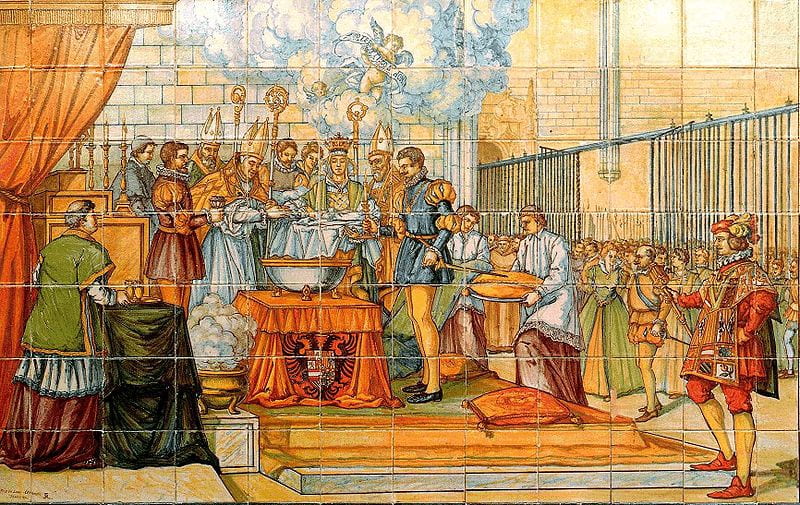Tag Spain
Giuseppe Marcocci in conversation with Elsa Costa about Marcocci’s article in JHI volume 83, issue 4.
By Editor Spencer J. Weinreich Marcelino Menéndez y Pelayo’s La ciencia española (first ed. 1876) is a battlefield long after the guns have fallen silent: the soldiers dead, the armies disbanded, even the names of the belligerent nations changed beyond… Continue Reading →
by guest contributor Rachel Q. Welsh In medieval Castile, between about 1050 and 1300, local municipal lawcodes, or fueros, looked to the body for proof of rape. These fueros provided detailed and practical sets of laws and privileges to newly… Continue Reading →
by guest contributor Anna Toledano Decades before Darwin set out on his voyage on the H.M.S. Beagle, Félix de Azara (1742–1821) observed many of the same species of animals and plants that the famed Englishman would see during his journey…. Continue Reading →


